Field Science Unit
Our mission is to collect high-quality samples and data that accurately represent the environment. We use many different types of field equipment and methods to do this work.
Fieldwork
Our regular sampling activities include:
- Water sampling in marine and fresh water
- Marine and freshwater plankton net tows
- Sediment sampling in Puget Sound and Lake Washington
- Storm sampling of combined sewer overflows, rivers, and streams
- Wastewater sampling at treatment plants
- Groundwater well sampling
- Surface water sampling at biosolids forest application sites
- Marine, lake, and stream benthos (small, bottom-dwelling animals) sampling
- Using mooring and buoy systems in Lake Washington and Puget Sound to collect around-the-clock water quality data
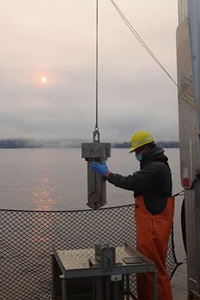
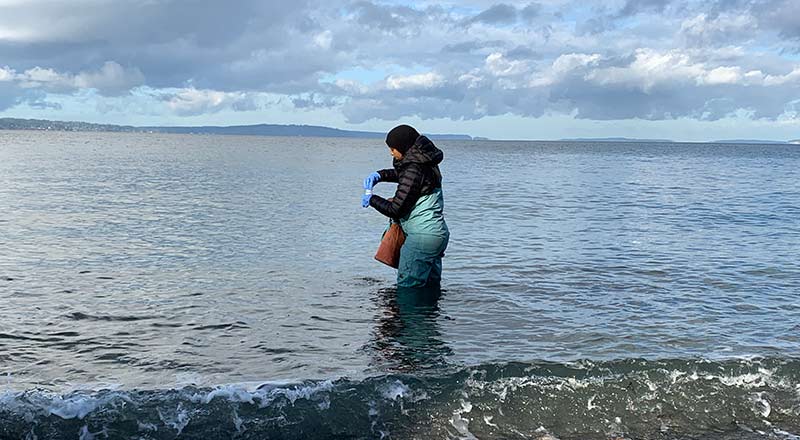
Field Resources
We have 3 boats that we use to collect environmental samples:
- SoundGuardian a 48-foot foil-assisted catamaran, aluminum research vessel equipped with a hydraulic A-frame and a thermosalinograph (measures surface salinity and temperature during operations).
- Chinook – a 24-foot, aluminum boat equipped with a hydraulic A-frame.
- Chuck – a 17-foot aluminum boat that is towed to various locations to maintain the monitoring buoys and collect samples.
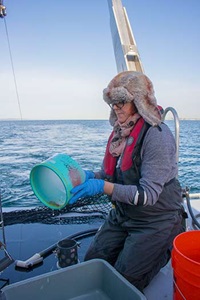
Other specialized sampling equipment we use includes:
- A conductivity, temperature, depth sensor package (CTD) with a rosette of 12 specialized water capture bottles for collecting water at depth.
- Automatic samplers that can be installed in storm drains or sewer lines.
- Special pumps used for sampling water underground.
- Sediment corers/grabs used to collect sediments from lakes and Puget Sound.
- Sediment traps used to collect sediment from streams.
Our scientists work hard to collect the best quality samples possible in every situation and are always working to improve our methods and practices.
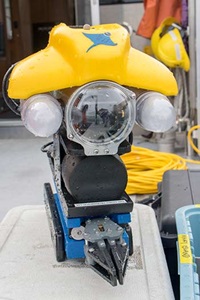
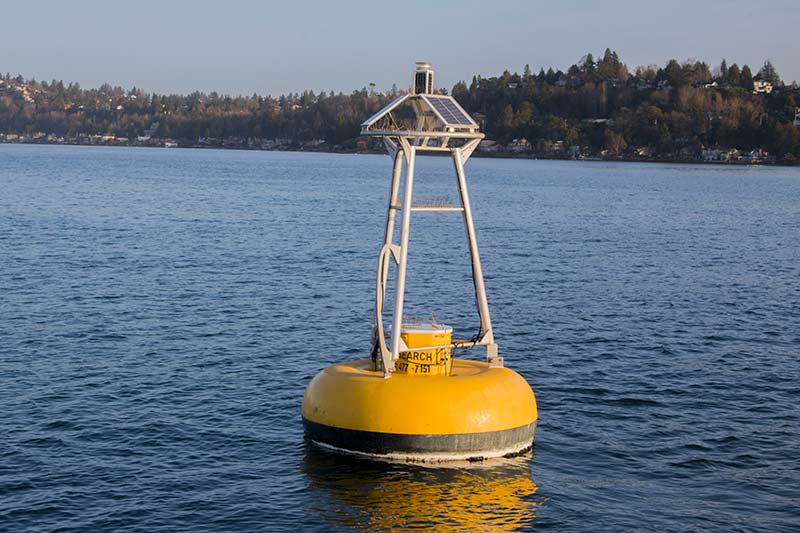
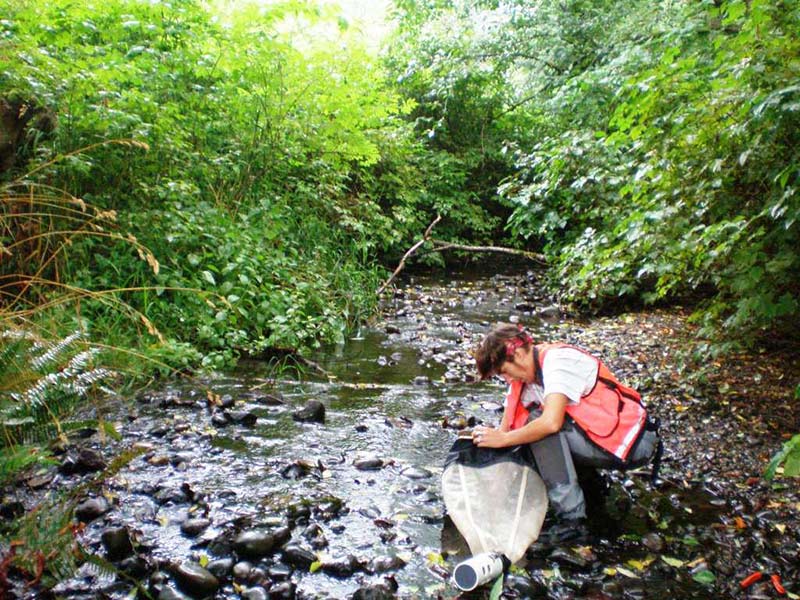
Trouble Call Program
We participate in the Wastewater Treatment Divisions (WTD) Trouble Call Program. Our specially trained field scientists collect field data and water samples for wastewater discharge events related to the county’s treatment plants. Please visit our Trouble Call Program page for more information on this program and how we help.

 Translate
Translate